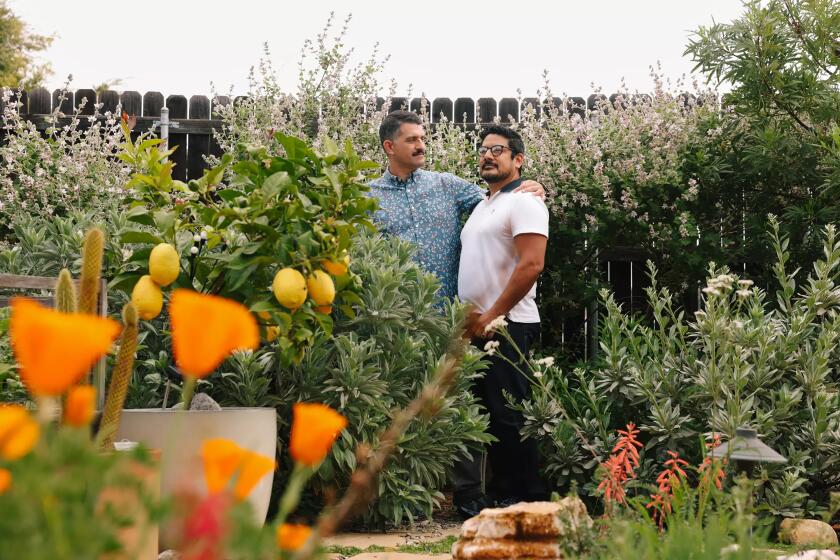Unlocking the language of roses
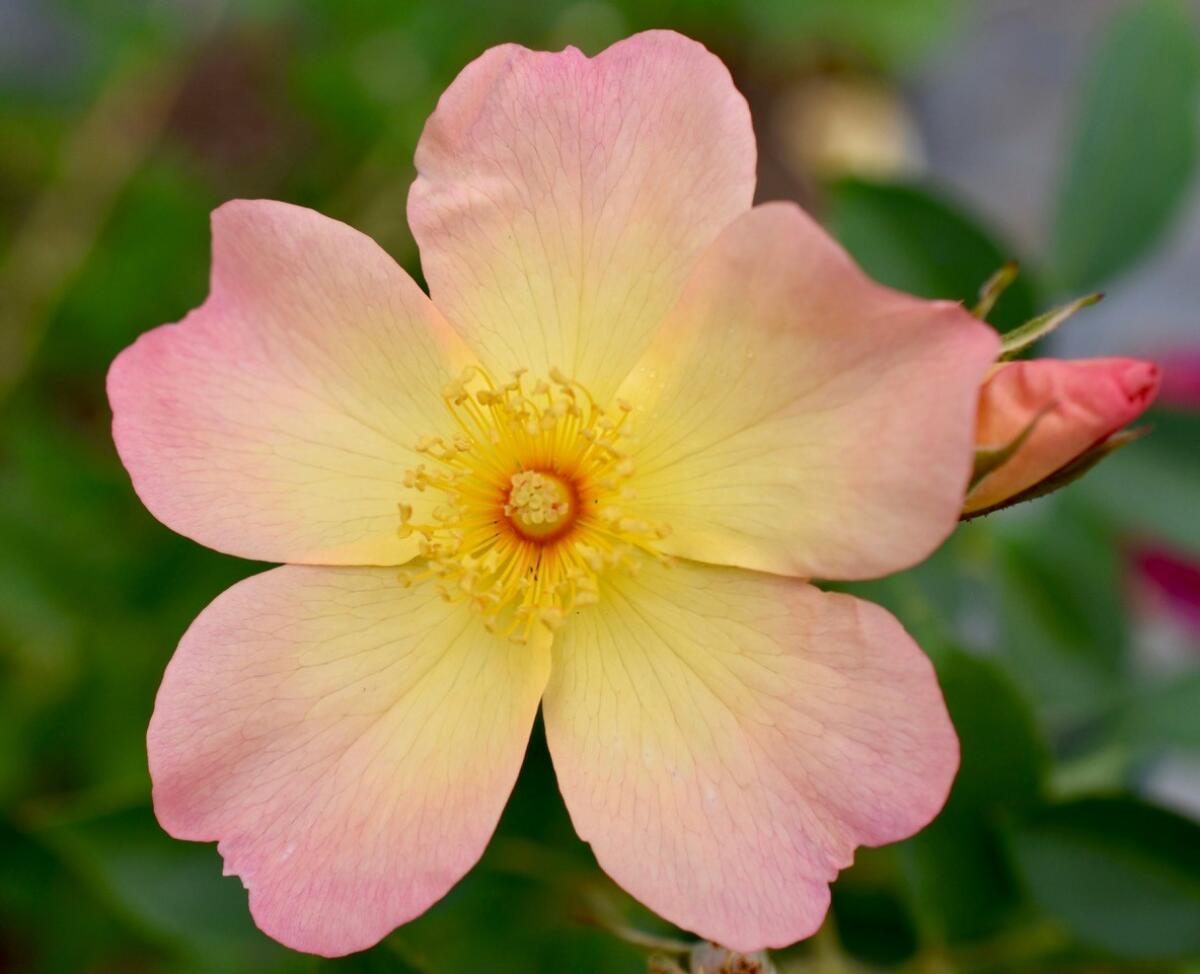
Here’s a vocabulary list vital for those immersed in this special class of gardening
Rose gardening articles often include botanical terms and rose jargon. Words such as “buds” and “blooms” are easy to understand. But what about “blindshoots,” “sports,” “hips” and “suckers”? What do they have to do with roses?
Here is a helpful guide to rose terminology:
Bloom number and color of petals
Roses can have as few as four petals or up to more than 100 petals.
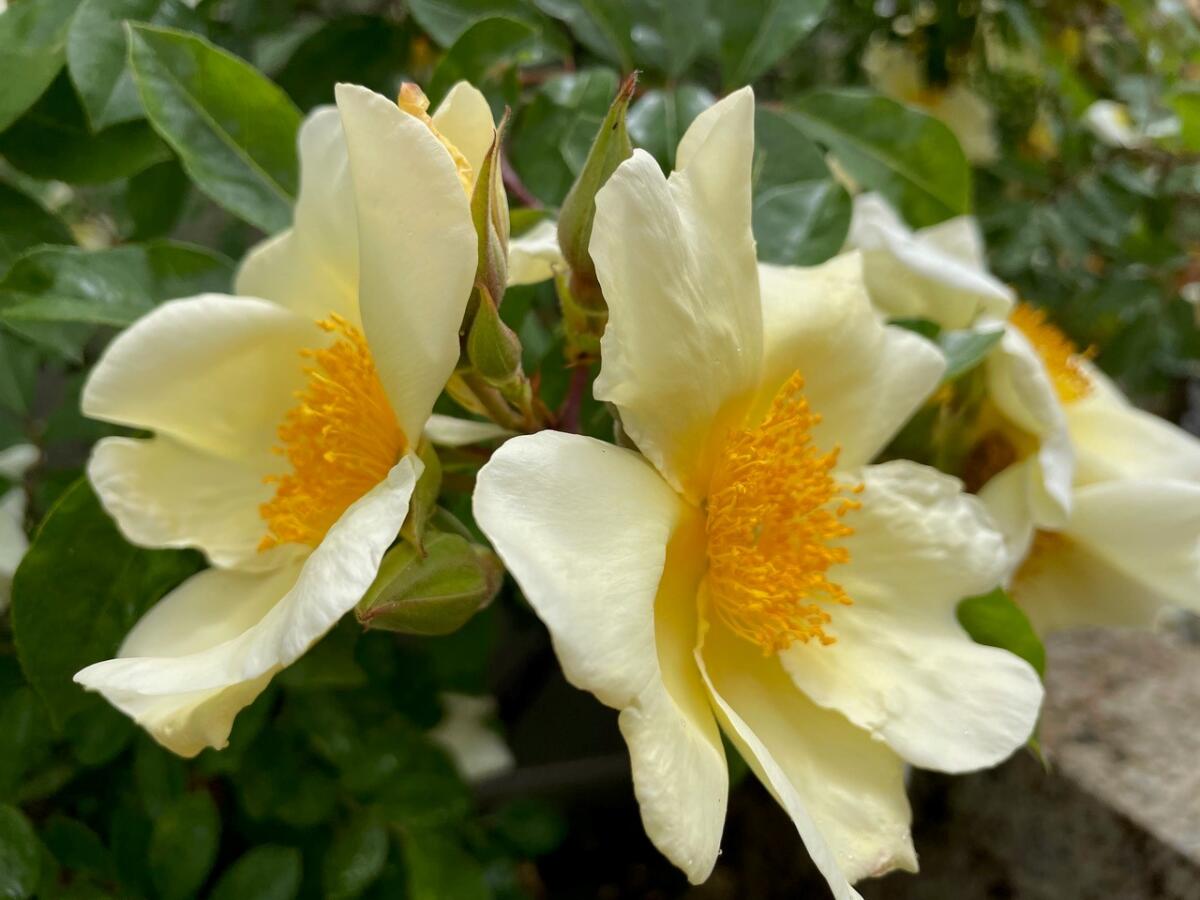
Single: a bloom with four to eight petals.
Semi-double: a bloom, still showing stamens, that has between nine and 16 petals.
Double: a bloom with between 17 and 25 petals.
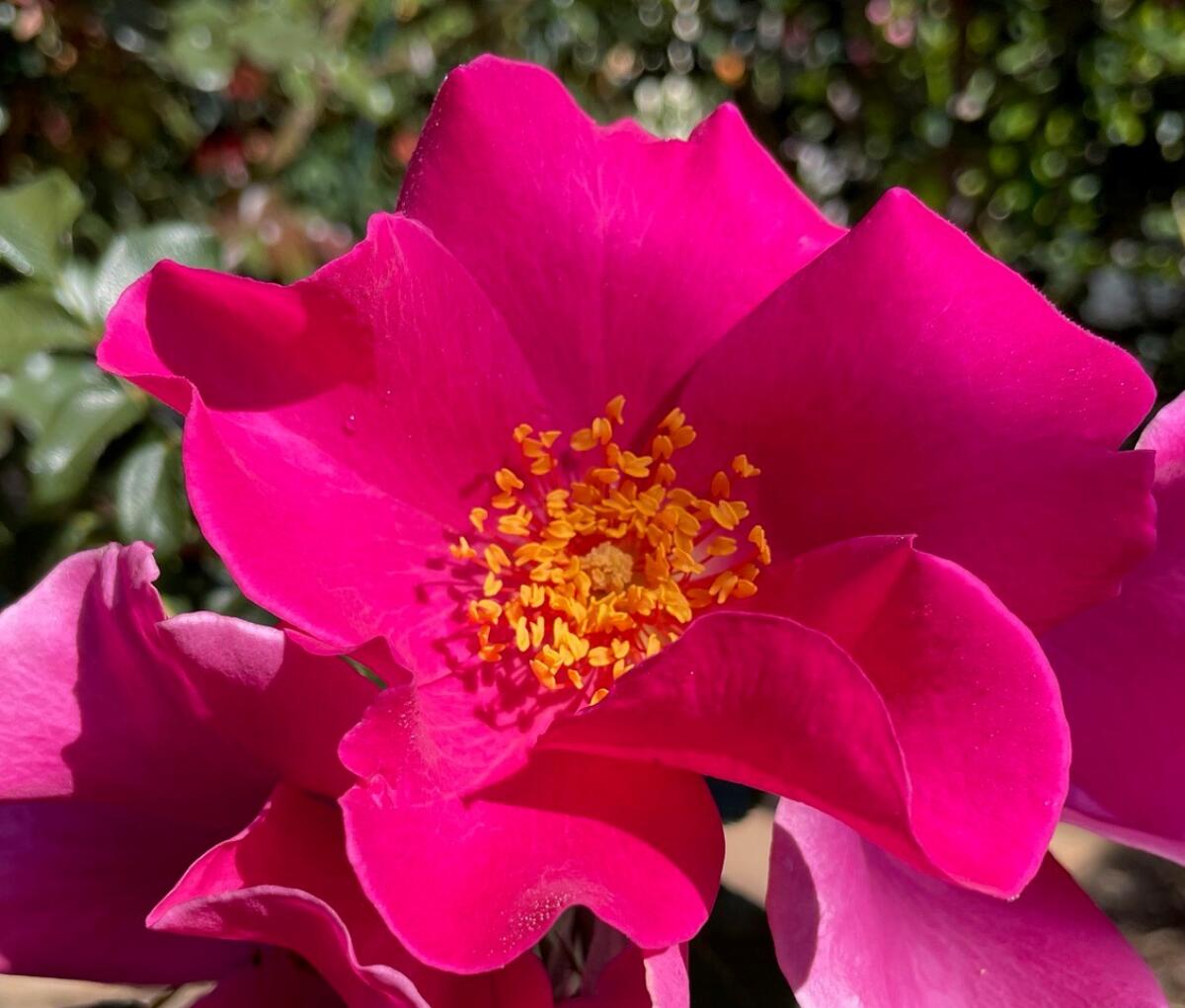
Full: a bloom with between 26 and 40 petals.
Fully double/very full: a bloom with more than 41 and as many as 100 petals.
Quartered: a bloom form in 100-petaled roses where petals are grouped into four quadrants that are more or less equal.
Blend: a bloom that has different shades of one color, or two or more different colors on the same flower.

Anatomy of the bloom
Bud: an unopened flower.
Sepal: the leaflike green structure that encases the flower bud and then opens to reveal the petals of the rose. Roses usually have five sepals.
Calyx: Collectively, the sepals are referred to as the calyx.
Bract: a leaf that looks like a green petal and serves to protect the opening bud but is not a sepal.
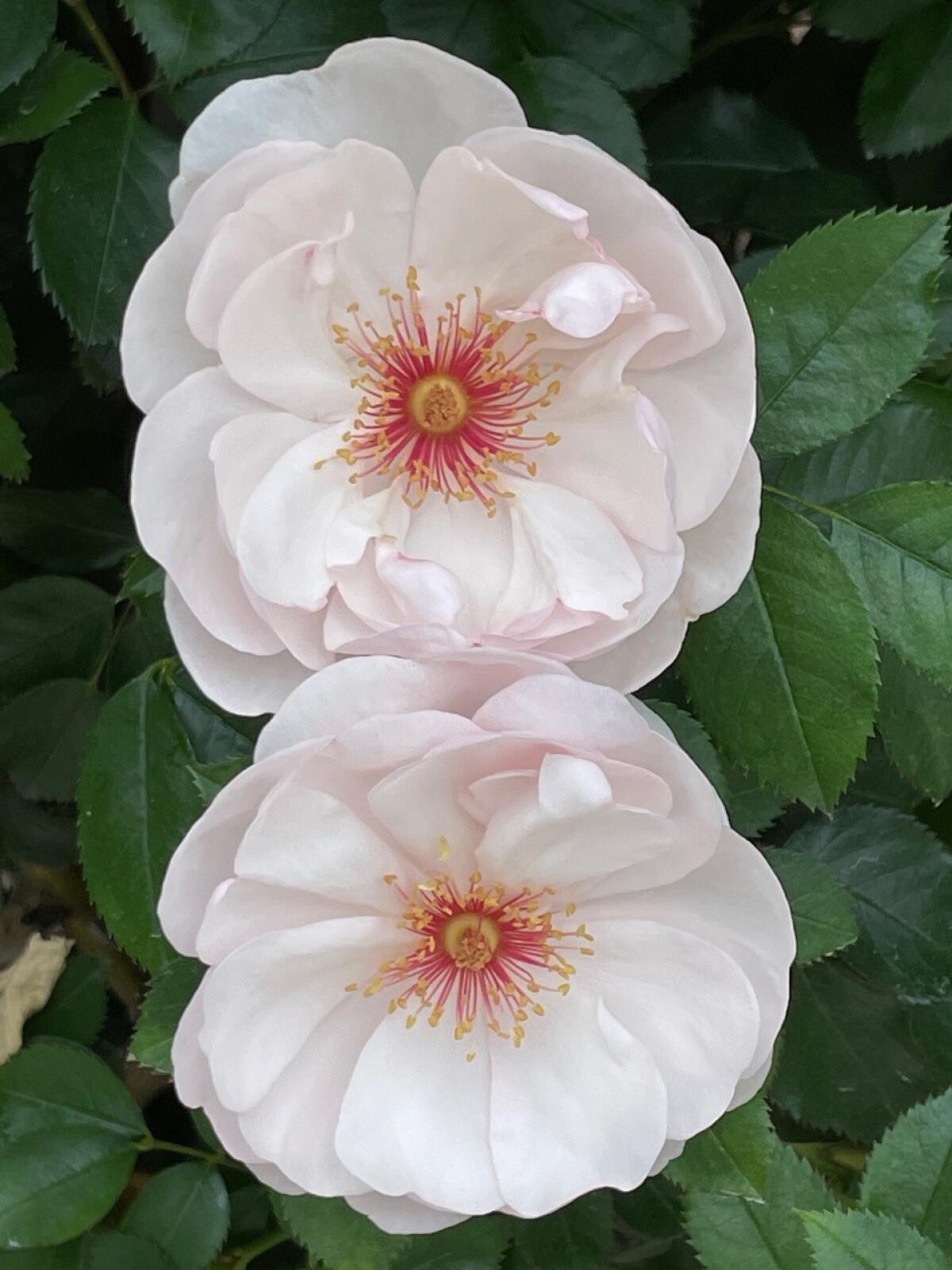
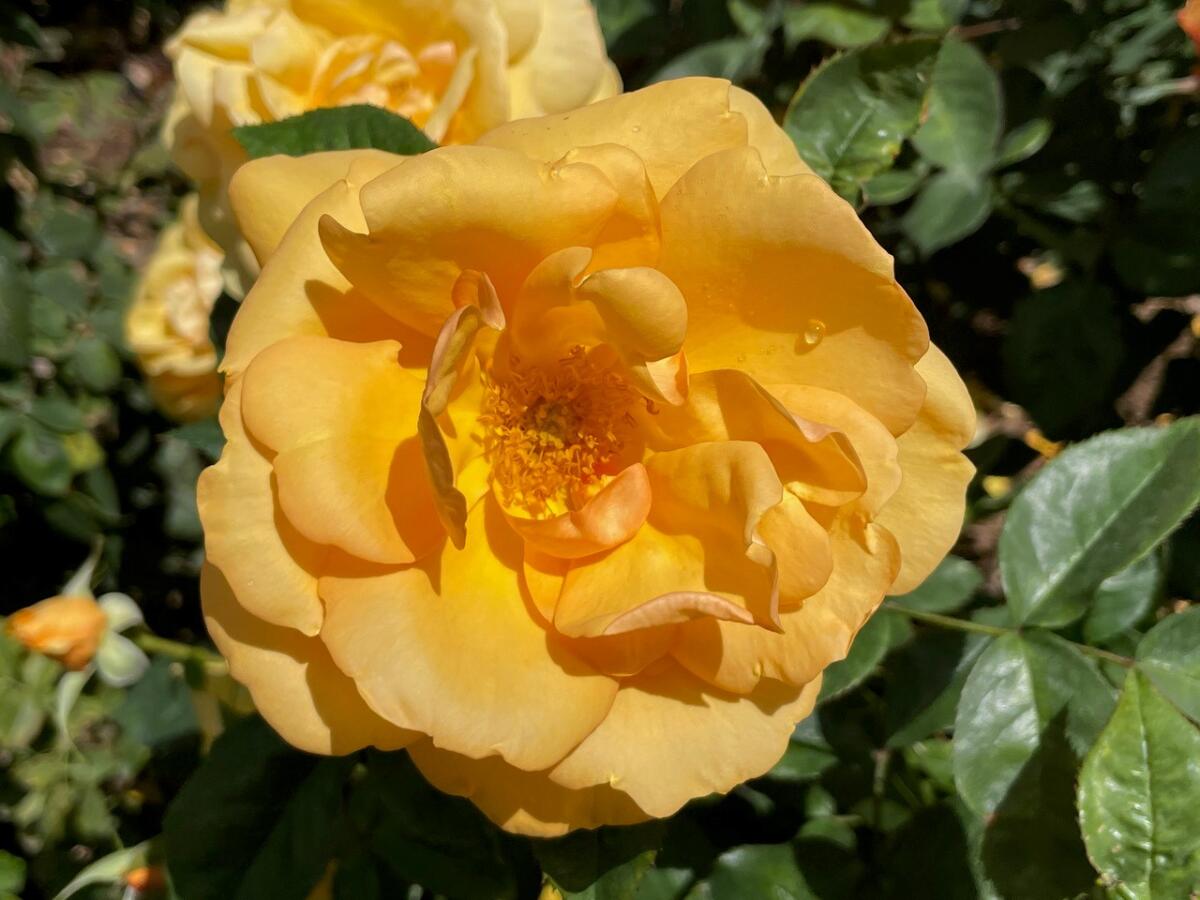
Pedicle: the short leafless stalk that supports an individual flower in a spray. A pedicle has no growth buds.
Peduncle: the term used for both the main stem of an individual flower and the main stem of a spray.
Spray: a group of blooms that arise from one peduncle and develop into many flowers on short pedicles.
Guard Petal: the outermost rose petals in a bloom. They are the first to open and may not be fully developed.
Reproductive function of the bloom
Boss: the cluster of stamens at the flower center.
Stamens: the male pollen-bearing part of the bloom. They are grouped in the center of the bloom around the stigma. Each stalk is referred to as a filament and is topped by an anther (which contains the pollen).
Stigma: the female flower part that receives pollen. It tops the style, a stalk-like tube rising from the ovary (in which seeds will form after pollination). Together the ovary, style and stigma make up the pistil.
Hips: the seed-bearing fruit that develops when the petals fall off the bloom. Unsprayed rose hips are edible and rich in vitamin C.
Classification of rose plants and blooms
The American Rose Society organizes roses by their main groups: Species, Old Garden Roses (OGR) and Modern Roses. OGR rose classifications include but are not limited to Albas, Bourbons, Chinas, Gallicas, Damasks, Portlands and Noisettes. Modern Roses classifications include Hybrid Teas, Grandifloras, Floribundas, Shrubs, Polyanthas, Minifloras, Miniatures and Climbers.
Cultivar or variety: a plant that is bred for specific characteristics such as color, fragrance and disease resistance.
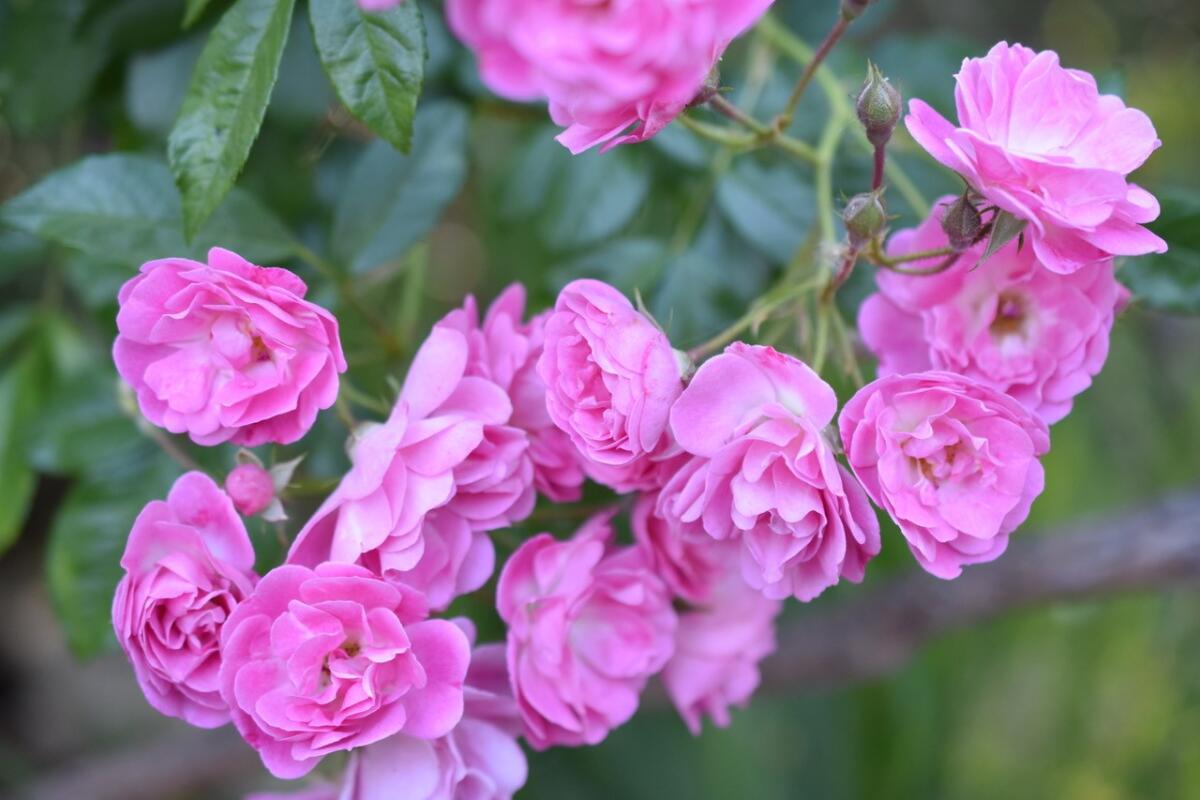
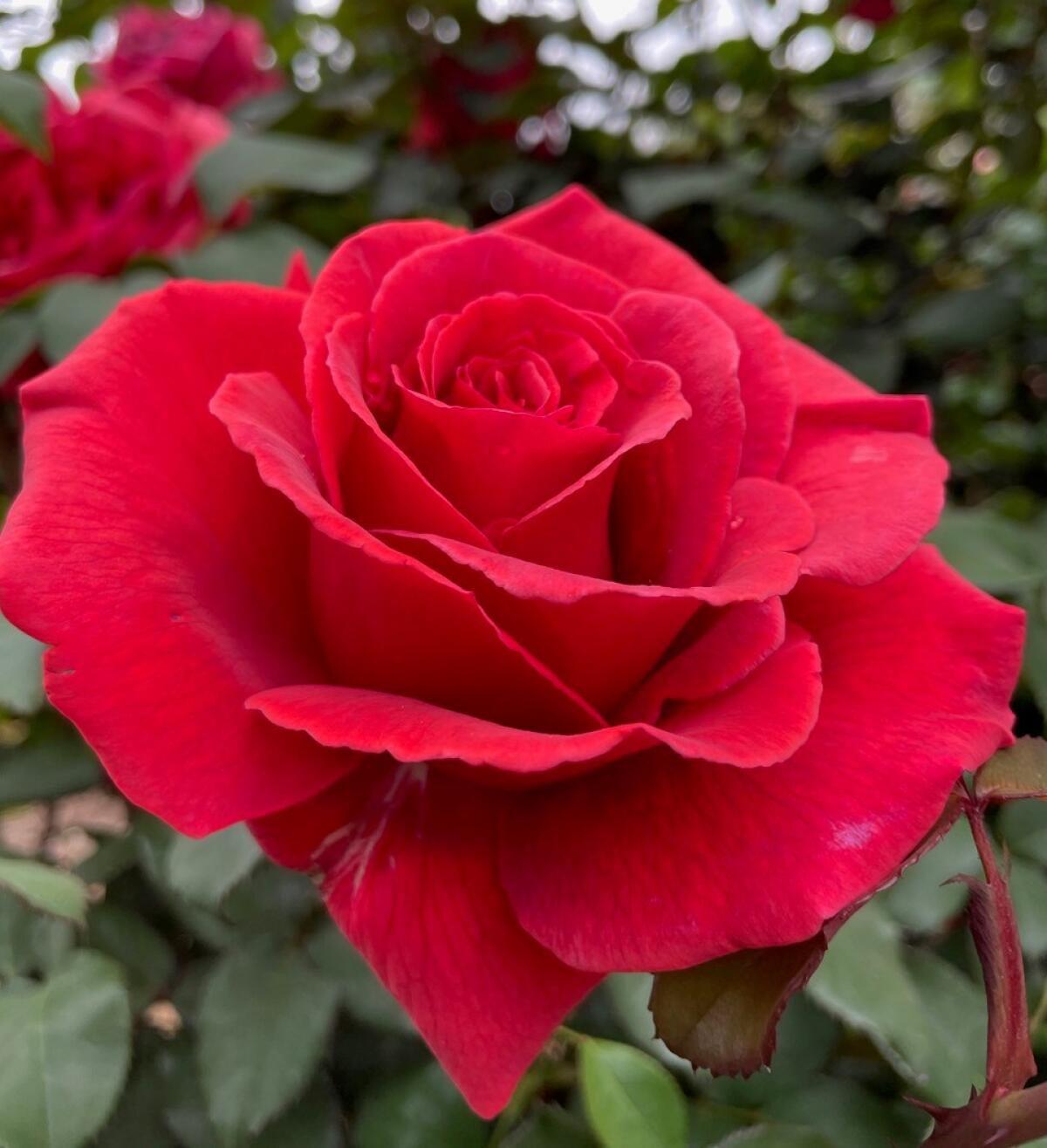
Frequency of blooms and other bloom terms
Once-flowering: Many OGRs such as Gallicas bloom only once a year.
Remontant: Most modern roses are remontant, or repeat flowering, in six-to-eight-week cycles from spring to late fall.
Flush: an intense bloom period, with many flowers.
Self-cleaning: flowers that naturally shed their petals when they are finished blooming, as opposed to those that hold on to their spent blooms and require more bloom-by-bloom grooming.
Unusual blooms
Sport: a spontaneous mutation from the bloom of the parent plant, such as a difference in the color or number of petals. When propagated, a sport retains the difference and gives rise to a new variety. A mutation in growth habit can result in a climbing rose developing as a sport of a bush rose. A sport can revert back to the same growth as its parent.
Phyllody or vegetative centers: Leaflike structures emerging from the center of rose bloom are caused by environmental conditions such as hot weather, water stress or insect damage.

Pruning and planting
Apical dominance: Roses are subject to a growth phenomenon called apical dominance. A plant hormone called auxin in the tip (apex) of the cane suppresses growth from lateral buds farther down the cane. Removal of the tip through pruning allows the lateral buds to grow, resulting in a fuller plant with more blooms on the canes.
Lateral cane/growth: side branch of a main cane. Trained to grow horizontally, the top buds on climbing and rambling roses lose their apical dominance and send out lateral growth, resulting in more blooms.
Bud union: on a grafted rose, the swollen junction between the roots and the canes where the bud of the desired variety was inserted into the bark of the rootstock plant.
Bud eye: the growth bud, found where the leaf joins the stem and from which new growth can emerge.
Deadheading: the action of cutting off spent blooms to encourage repeat flowering.
Disbudding: the selective removing of buds when they are tiny. Removing side buds around a hybrid tea encourages one larger bloom. Removing the central bud from a floribunda or shrub spray encourages the florets to open at the same time.
Thumb pruning: facilitates keeping the bush open to air and sun. It is the removal of initial inward growth with just your thumb and index finger.
Shovel pruning: using a shovel to remove a disappointing under-performing rose from your garden.
Dog-legs: stem-on-stems that are generally thin and result in small blooms. We encourage larger blooms by pruning further down to a thicker stem.
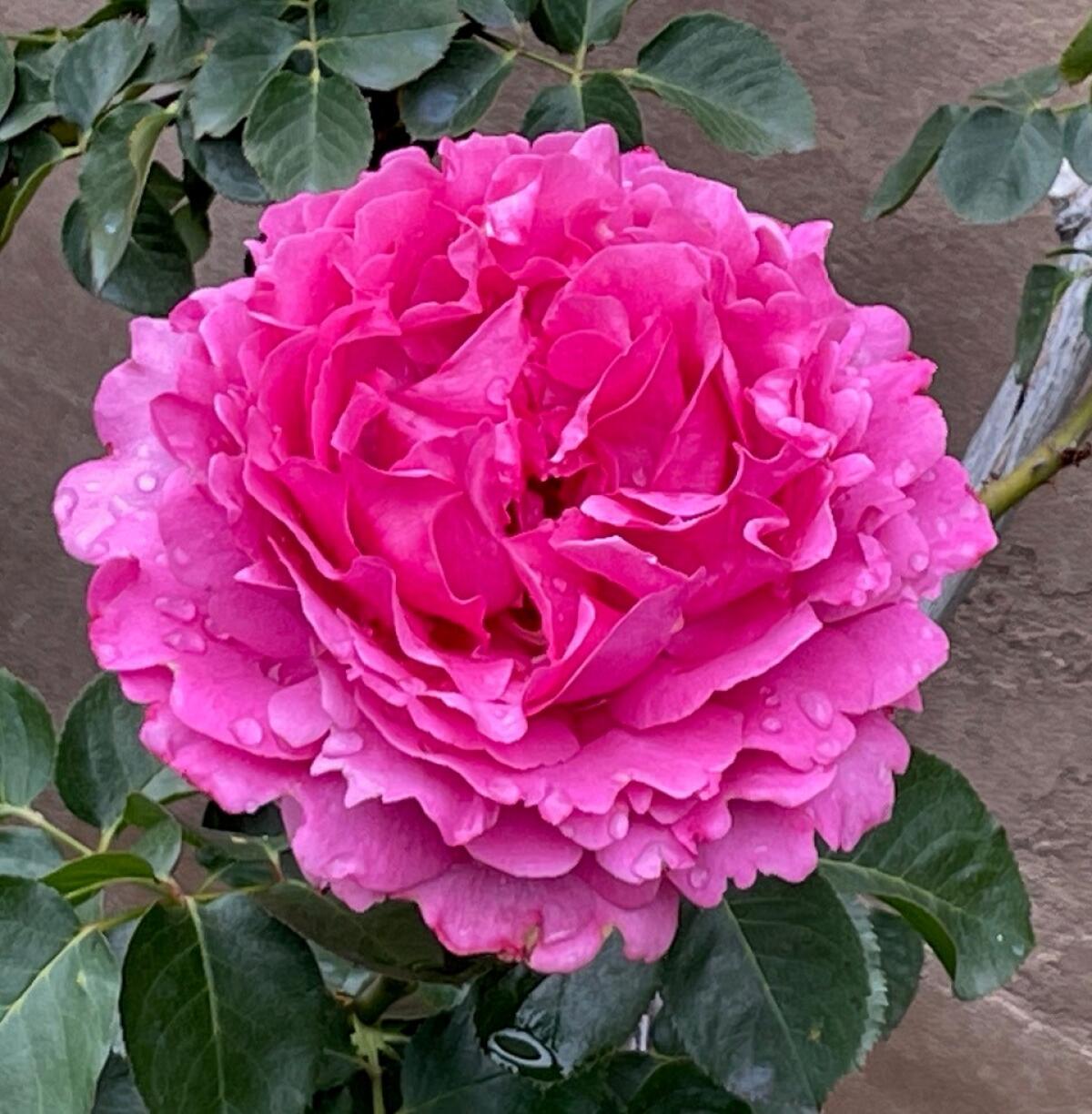
Canes and stems
Cane: the stems of a rose. Main canes that grow from or very close to the base of the plant produce side branches or lateral canes.
Basal break: desirable strong new growth that comes from the bud union and becomes a productive cane.
Pith: the soft creamy-colored inner portion of the rose stem.
Cane canker: also known as cane disease. It can be black, yellow, brown or purplish-red and blotchy. It must be cut out and removed immediately.
Dieback: a dead portion at the top of a stem, which must be cut out.
Prickles: Unlike thorns, which are an outgrowth from the wood, a prickle originates from the epidermal cells covering the stems of the plant. Roses have sharp prickles, not sharp thorns.
Tree rose or rose standard: a rose cultivar budded onto a tall single bare understock stem. A rambler rose has long flexible stems. When it is grafted onto a tall understock stem, it is known as a weeping standard.
Leaves
Pinnately compound leaves: A rose leaf is pinnately compound. The leaflets are attached opposite each other and there is one leaflet on the end of the petiole so that the leaf always has an odd number, with either three, five or seven leaflets. A leaf with three leaflets is a leaf closest to the top of the flowering stem.
Petiole: the stalk of the leaf to which the leaflets are attached. It is sometimes referred to as the rachis. Just like canes, the petiole or rachis is covered with an epidermis and may grow tiny prickles along its underside.
Leaf scar: a mark left on the stem where the leaf detaches. There is a bud above every leaf scar.
Blindshoot: a stem that does not produce a bloom but instead terminates in leafy growth. It should be cut above one of the leaves.
Roots
Own root: a rose propagated from a cutting so that both roots and stems belong to one and the same rose.
Rootstock or understock: the roots of a rose that are grafted or budded with a bud from another variety. Dr. Huey, Fortuniana and Multiflora are the most commonly used rootstocks.
Grafted or budded roses: a rose that is grafted or budded onto a rootstock of a different variety of rose as opposed to growing on its own roots.
Scion: the portion of a stem that is transferred to the rootstock when grafting. This part will produce stems, leaves, and flowers.
Sucker: any growth arising from below the bud union on a grafted or budded plant. This growth is that of the rootstock rose and should be removed.
Perwich is a member of the San Diego Rose Society, a Consulting Rosarian and a Master Gardener with UC Cooperative Extension.
Get U-T Arts & Culture on Thursdays
A San Diego insider’s look at what talented artists are bringing to the stage, screen, galleries and more.
You may occasionally receive promotional content from the San Diego Union-Tribune.





